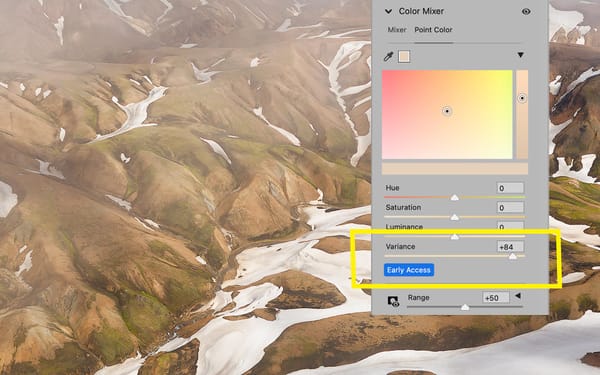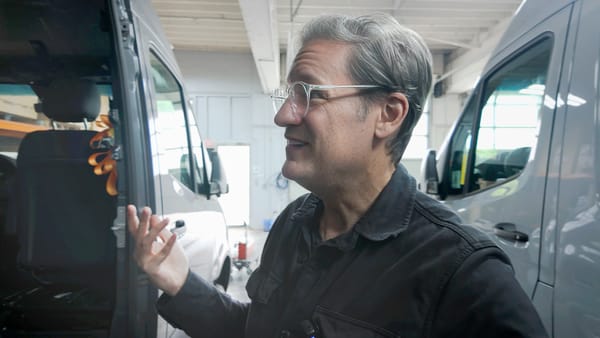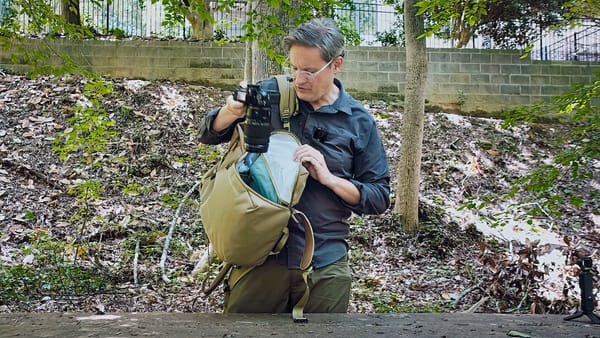Where I fell in love with the American West
Returning to the magical, mysterious White Pocket in Arizona's Vermillion Cliffs National Monument
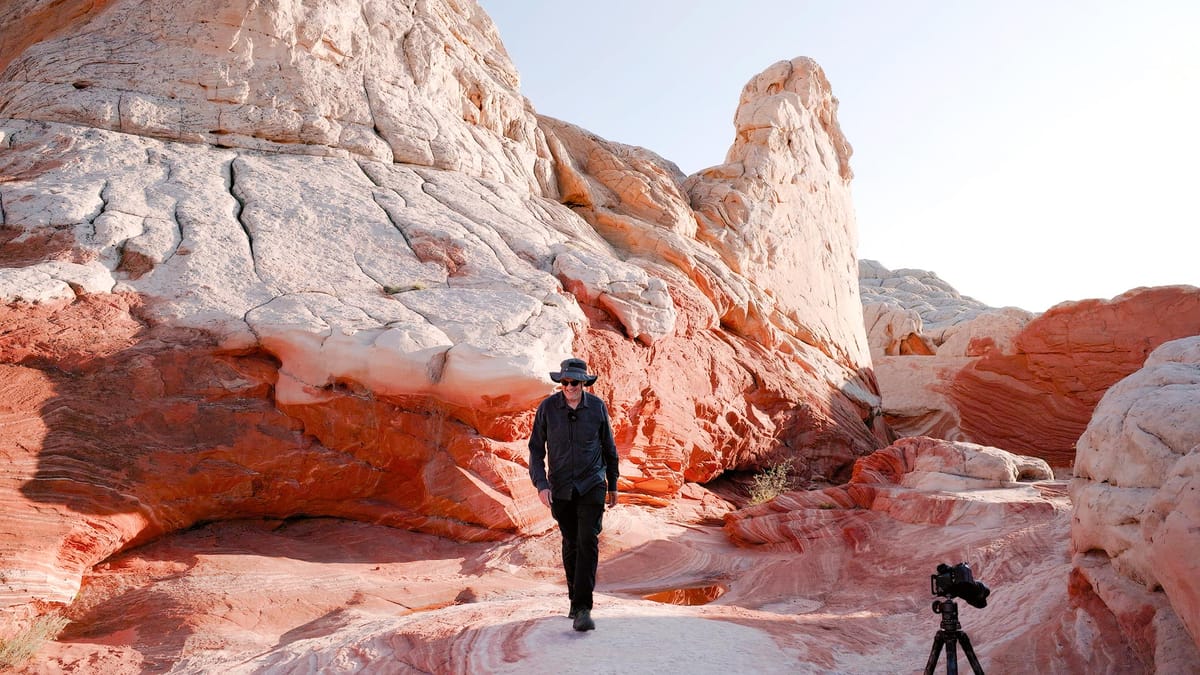
Inside Vermillion Cliffs National Monument in northern Arizona is a place named White Pocket, a geological anomaly from another planet. A giant mass of melted rock, swirls of deep red, splashes of orange, and wondrously sculpted facets of white. You can find similar rock formations in neighboring areas, but the ones at White Pocket are distinctly dramatic and beautiful.
Part of the allure of White Pocket is its remoteness. To access it, you must drive a high clearance, four wheel drive vehicle, then slog through sand for over an hour. If traveling from the closest town (Kanab), the total drive time is twice that. For that reason, most people who visit White Pocket do so with an experienced tour guide.
My first trip to White Pocket was in 2018. I drove myself in a Jeep Wrangler, and arrived early afternoon under a blazing hot and bright sun. The light was terrible. I tried my best to take a few images, but really I was just killing time. After a few hours however, the light became softer as the sun drifted lower towards the horizon, and with each passing minute, the landscape grew more spectacular.
When the sun slipped just under the horizon, the sky displayed hues of blue, orange and magenta; casting gorgeous color and light across the unusual rock formations. My eyes exploded, my hands trembled, and I could barely focus. I wanted the light to last forever, as I hurriedly moved my tripod from one subject to another, trying to capture everything around me before darkness fell.
Before I knew it, the light was gone, and it was time for another two hour drive back to Kanab through the sandy desert. Driving through darkness under an umbrella of piercing white stars, I was exuberant, wide-eyed, and full of adrenaline. Something about White Pocket flipped a switch for me, and I couldn't wait to find more geological formations to photograph.
In the ensuing years, I returned to southern Utah and northern Arizona multiple times, but never went back to White Pocket. I kept avoiding it, partly because of its remoteness, but mainly because the area had since exploded in popularity. Today, White Pocket is nearly as recognizable as The Wave, especially in the landscape photography community. I felt it was better to spend what limited time I had finding more original subjects than following the herd.
But after five years, I wanted to see White Pocket again. I wanted to see if it was everything I remembered, and of course create new images with a better camera (I used a Canon 5D Mark IV DSLR in 2018). This time, I did it right. Instead of driving in and out of the desert in a single day, I camped for two nights. Not only did camping provide more time, but made shooting at sunrise far easier.
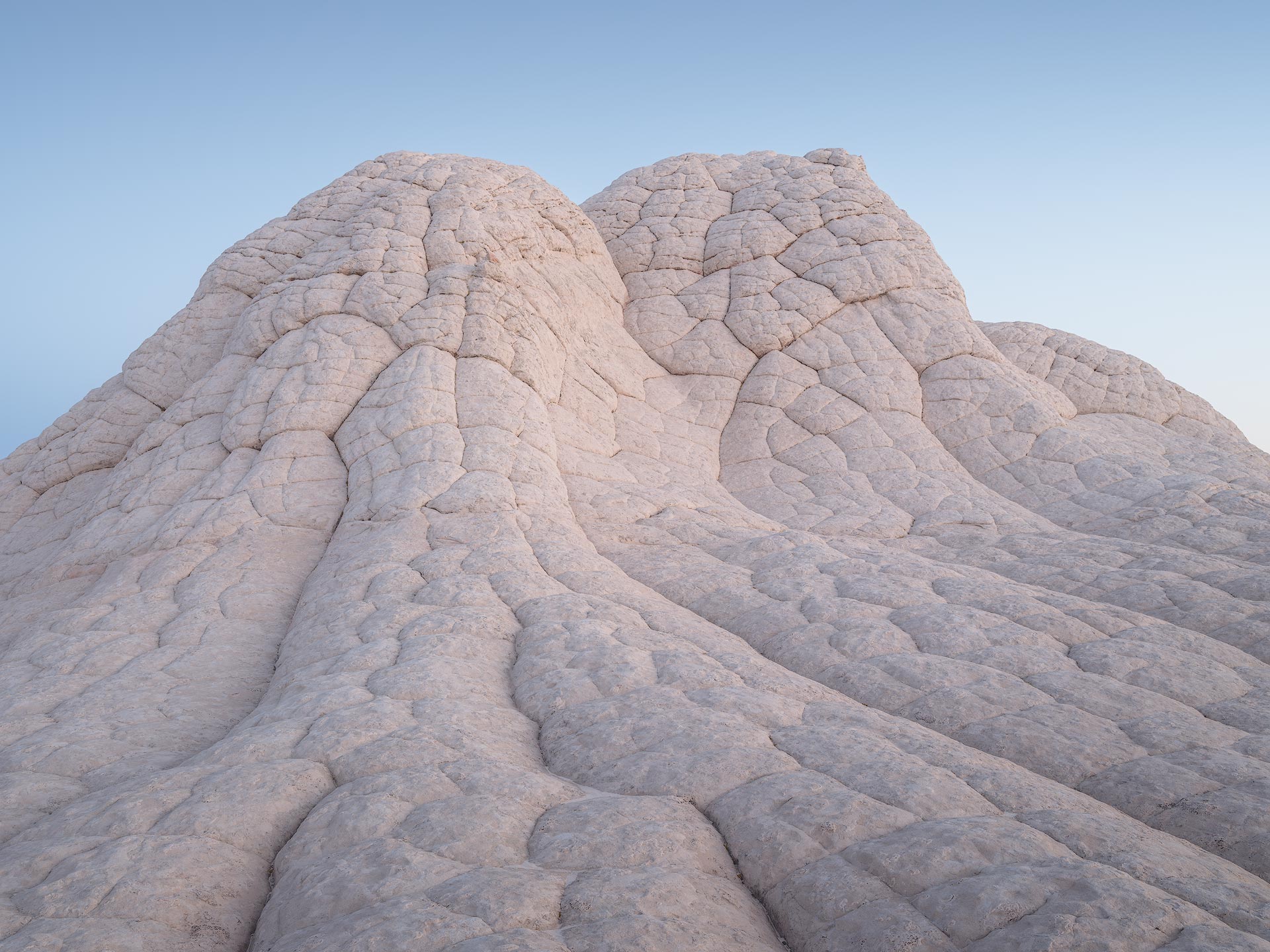
Much to my surprise, everything at White Pocket looked bigger than I remembered. Maybe it's because I'd become accustomed to looking at my 2018 images on a computer screen, but whatever the reason, the landscape felt epic, exciting and...strangely comforting. Like catching up with an old friend. Those moments when it feels like no time has passed at all.
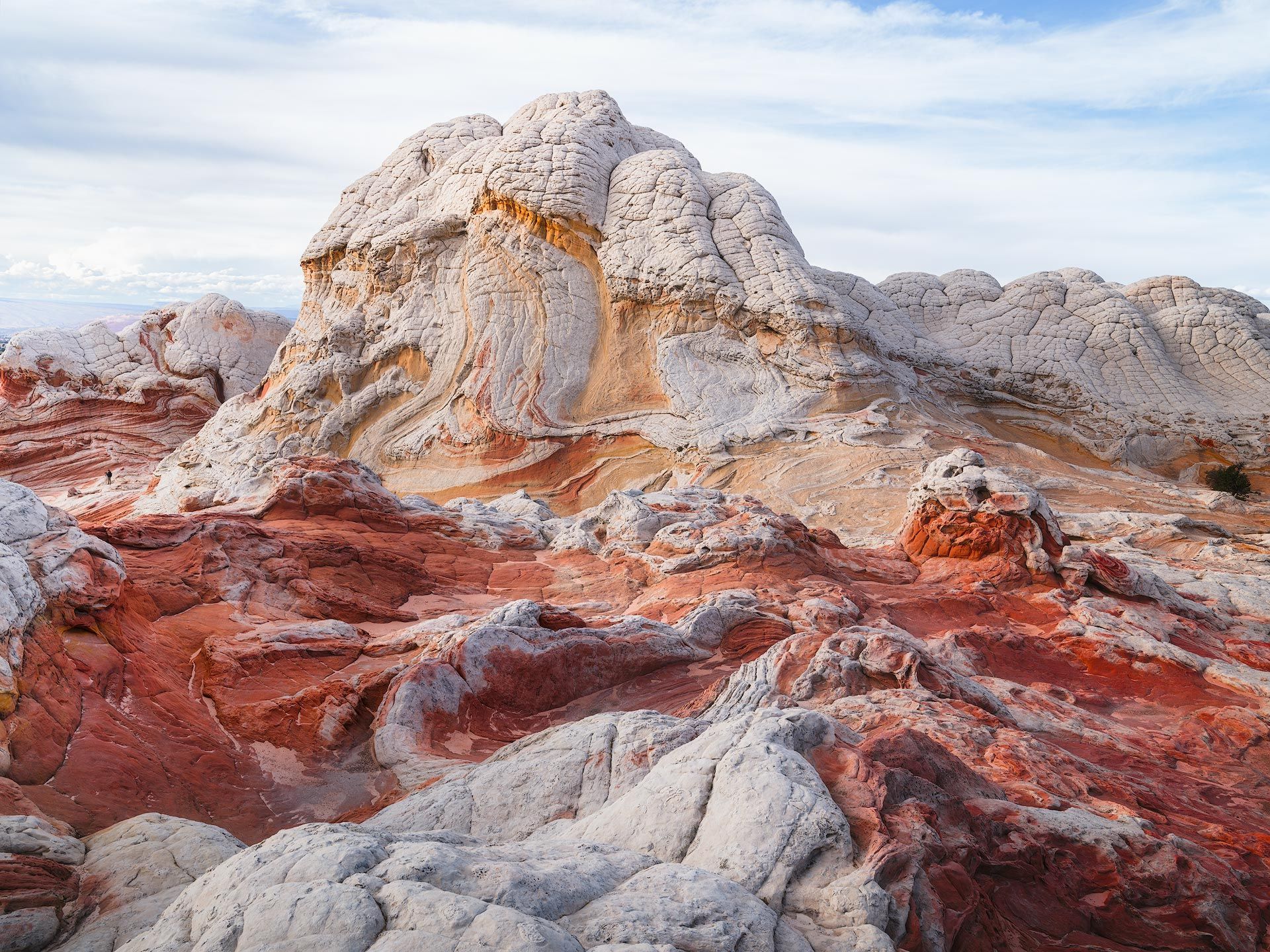
Also surprising, I was recognized by other people not once, not twice, but three times. As in, people knew my name. In the past I've encountered a couple of people who've asked, "haven't I seen you on YouTube?" or something similar, but this was different. A bit embarrassing, honestly, but fun nonetheless.
Here's a video where I share some of what I saw and experienced at White Pocket.
